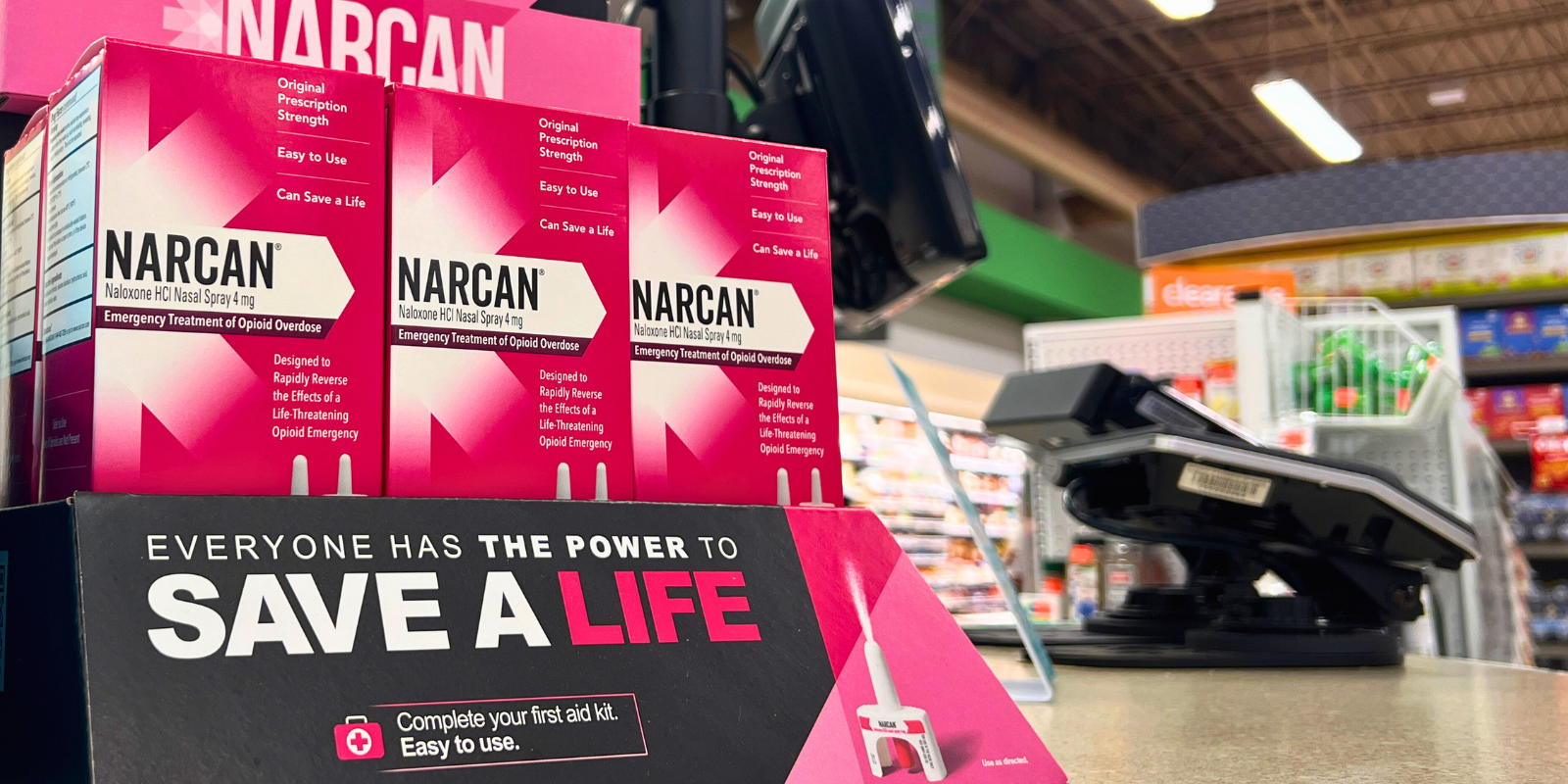What are oral nicotine pouches, and are they tobacco products?
Oral nicotine pouches are composed of nicotine — usually it is synthetic nicotine, but it can also be extracted from tobacco leaf — and they are mostly flavored products. The body absorbs the nicotine through the oral tissues.
These pouches are marketed as 'tobacco-free' products because they do not include tobacco leaf. However, the way that different countries regulate them, I think, conveys some of the uncertainty with what these products are and what they do.
In some cases, like in the U.S., nicotine pouches are considered tobacco products and are under the purview of the FDA. In other countries, these products are not regulated; some countries have banned them; and in other countries, they are placed in the category of pharmacologic nicotine replacement therapies.
What do you think are the potential health impacts of these nicotine pouches?
The answer is — we don’t know yet. It’s too early to know the harms of nicotine pouches. Most of the key studies have been industry funded, which have a conflict of interest. All of the leading nicotine pouch products are owned by big tobacco companies. There are more peer-reviewed studies coming out, but we’re still in the early days, and the products are relatively new, so we don’t actually know the short or long-term health effects. We don’t know if nicotine pouches will be a harm-reduction option. We don’t know what their health risks are.
Something people are studying is the toxicology of the products, determining whether there are harmful elements in the flavors that go into these products or harmful elements from the synthetic nicotine itself. Another area of research is studying how these products, when used with other tobacco products that contain nicotine, could increase a person’s nicotine dependence and make it harder to quit products like cigarettes.
Based on the research I’ve seen so far, nicotine pouches can deliver incredibly high amounts of nicotine, and some can deliver more nicotine than cigarettes deliver. An unintended consequence of these products is nicotine use among youth who were not previously tobacco users.
You mentioned concerns about the levels of nicotine. What are some concerns about becoming addicted to nicotine?
A lot of the literature about nicotine dependence is focused on conventional cigarettes, because they have caused so much harm in the U.S. population and for public health. So, a lot of the research is focused on the harms of nicotine dependence in the case of continued use of cigarettes. These include risks of cardiovascular disease, cerebrovascular disease, peripheral vascular disease, cancers, and inflammatory conditions.
There is also a growing literature base on the impacts on mental health. Some data has shown people with mental health symptoms who quit smoking saw an improvement in their mental health. We’re still learning, but this suggests there is potential for just the nicotine itself to have negative effects on mental health.
In the case of youth, we worry about nicotine's effects on a developing brain and young people developing nicotine dependence. Exposure to nicotine in youth is associated with negative impacts on attention, learning, and memory. Not only is nicotine harmful to developing brains, but if someone is nicotine dependent and if they cannot access nicotine pouches, they may turn to products with known harms, like cigarettes.
Some have voiced concerns about nicotine pouches like Zyn being advertised to teens and young people. Do you share those concerns?
Nicotine pouches are not a good product for youth to use. We should carefully think about how to protect our youth from the use, exposure, interest, and advertising of these products. Any marketing toward youth should be viewed with criticism.
We don’t know if nicotine pouches are a better alternative for adults who already use other forms of tobacco products — but among youth, it’s clearly a bad product because of nicotine’s impacts on the developing brain, potential impacts on mental health, creating nicotine dependence, and unknown impacts on long-term health. Long-term effects can take years to develop, with the risks of cardiovascular disease or cancers often showing up later in life and not when someone is a teenager. We still don’t really know what happens when youth regularly, or even infrequently, use e-cigarettes and whether those carry any of the same risks as conventional cigarettes.
You mentioned that nicotine can impact young people’s developing brains. How so?
The brain continues to develop until a person is in their 20s. Exposure to substances like nicotine creates a reward mechanism. For example, when you smoke a cigarette, the nicotine gets into your bloodstream rapidly and goes to receptors in your brain, altering them. This triggers a dopamine release. As you continue to smoke, you get more of a reward response. But when you don’t smoke, you get symptoms of nicotine withdrawal, such as feeling stress, irritability, and sleep disturbance. This often leads people to treat such symptoms by consuming more nicotine — and the cycle repeats.
Nicotine use can also be associated with mental health symptoms, and we have a mental health crisis among our youth. Nicotine is not a good thing to add to everything else youth have to deal with.
Based on what you know so far, do you think nicotine pouches are a better alternative to smoking? What about chewing tobacco or vaping?
We don’t know much about these products, so it is difficult to say. There is potential that nicotine pouches are a better alternative to smoking, but we don’t have the data to say that definitively. The FDA has not approved any nicotine pouches to help people quit smoking.
With chewing tobacco, we know there are established associations with that and with cancer. But we don’t know enough about oral nicotine pouches to understand how they compare.
For vaping, it’s not an entirely straightforward question. There have been studies that show adults who smoke cigarettes can switch to vaping and stop using cigarettes. However, when people use products like nicotine patches and nicotine gum to help them quit smoking, studies have shown that people usually use these products for 10-12 weeks or less and then stop. These products are specifically designed to minimize addictive potential from nicotine. That is not the same for vaping. In the vaping studies, data has shown vaping can help people quit cigarettes, but most of those people are still vaping at the end of those studies — continuing that dependence on nicotine. We may see some of those same concerns play out with the oral nicotine pouches, but we don’t have the studies yet to understand people’s use of it and the health impacts.
What would you most like community members — particularly parents and young people — to know about nicotine pouches?
In many cases, people view these products as having the potential to be a harm-reduction product — but we don’t have data demonstrating that.
Youth use of nicotine pouches, or access to these products, is a bad thing. We really need to be mindful of what happens as the sales of these products and availability grows, even in our own state.
Flavored tobacco products have been an important topic in tobacco control, and there are some states that have banned all flavored tobacco products. There are a few more states that have banned flavored e-cigarette products because of their appeal to the youth. And so, the flavoring of these products and the marketing tactics are definitely part of the appeal to youth, and these are things that people should view skeptically.





